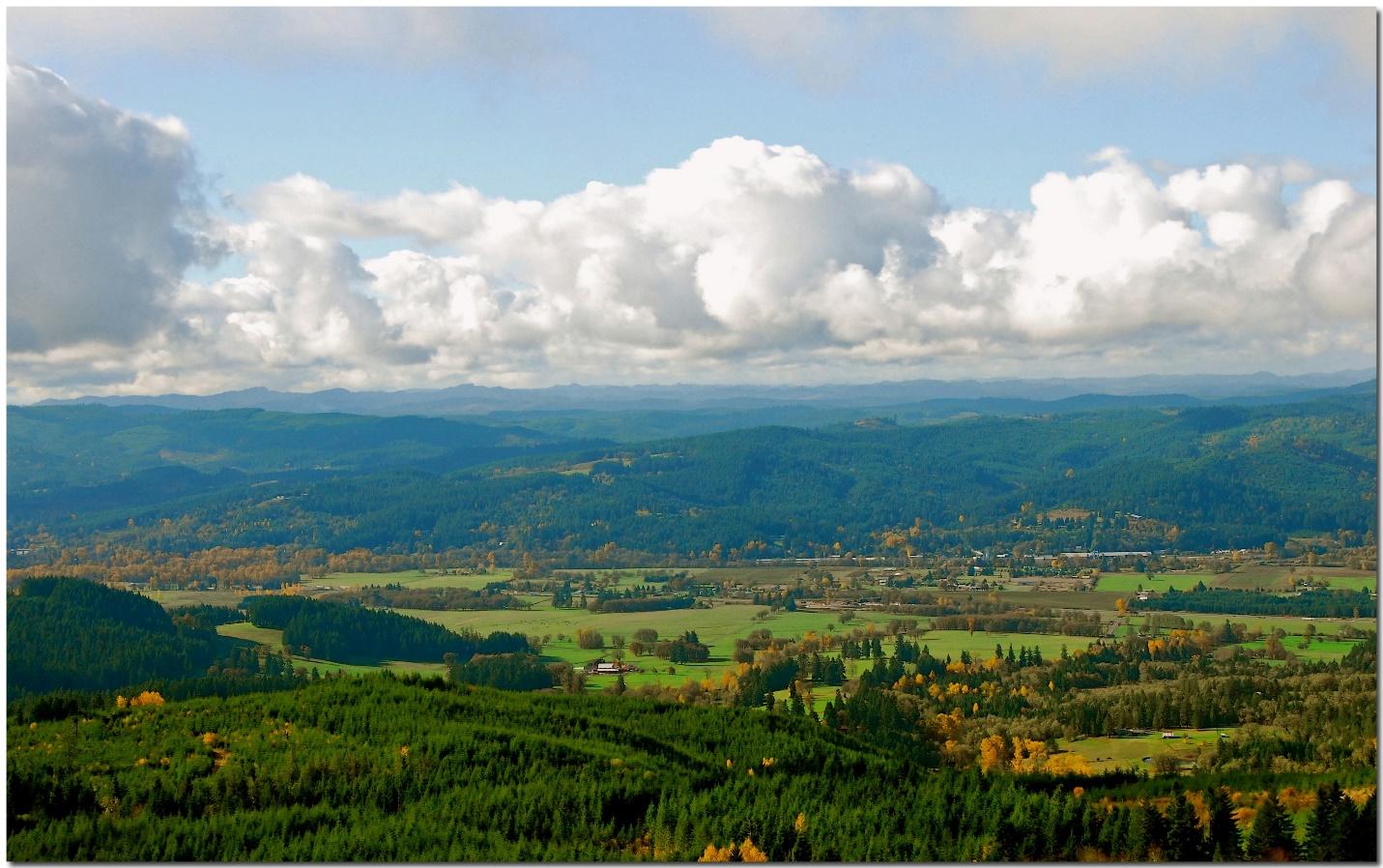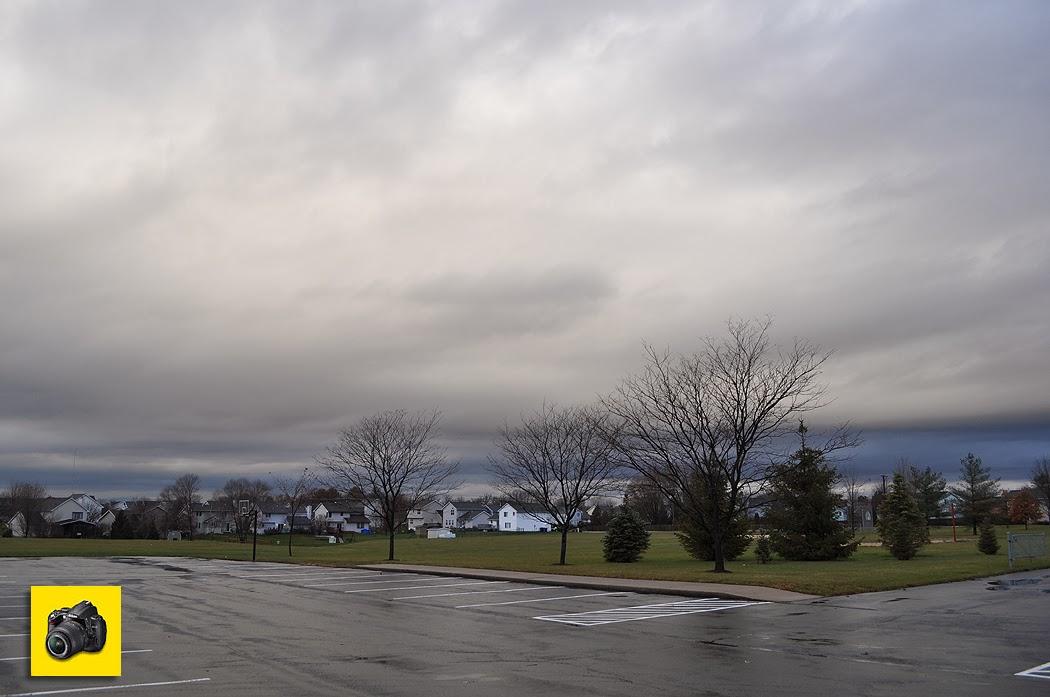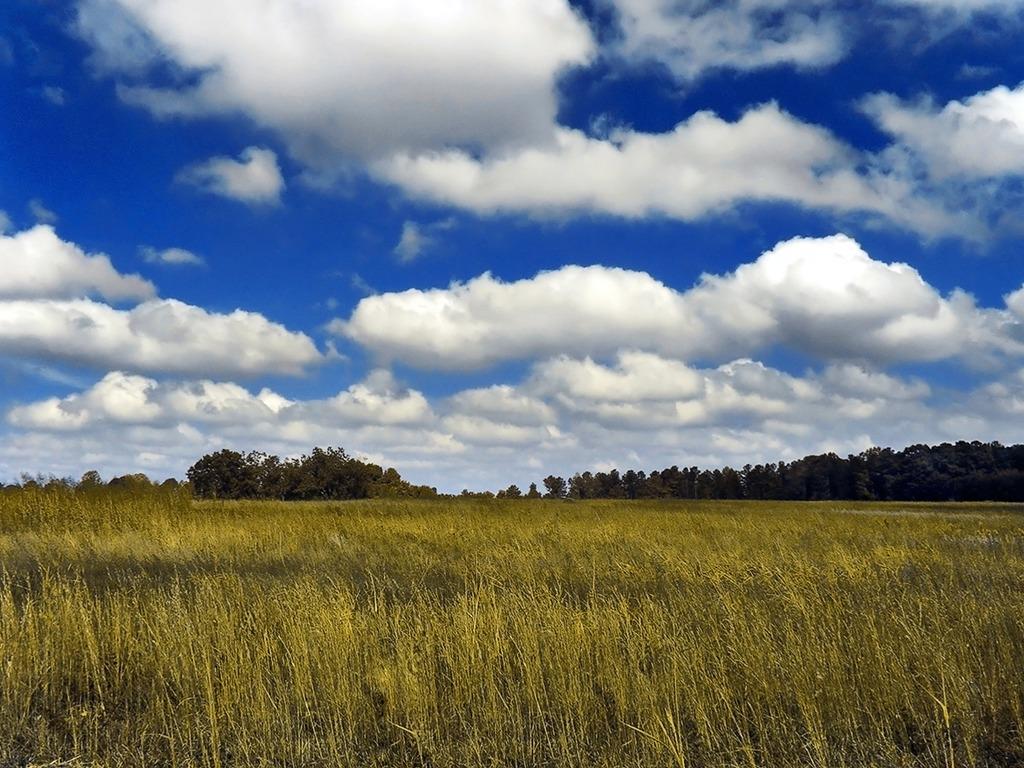Introduction
The site of white clouds and the blue sky is a phenomenon whose wonderment is of interest to small children, scientists, and poets among others. The blue skies and white clouds are also subject to scientific studies. The interest in clouds and the sky begins in middle school when learners are introduced to the process of condensation. However, this theoretical explanation is too simplistic to address other issues that relate to the blue sky, different shapes of cloud formations, and why some clouds appear to be closer to the ground than others.
Science categorizes clouds into two types; stratiform and cumuliform. In a blue sky, cumuliform clouds refer to those clouds that appear to move fast and expand at a fast rate. On the other hand, stratiform clouds appear to lay flat on the blue background. Stratiform clouds are mostly found when the weather is stable and the sky is deep blue in color. There have been several research studies and experiments in regard to the phenomenon of white clouds and the blue sky. This paper is a research essay on blue skies and white clouds. The paper includes a review of the literature, a simple experimental study, and a discussion of the findings in relation to the literature analysis.
Literature Review
The formation of clouds is subject to several other elements including light, water vapor, and heat. The simplest method of understanding how the colors in the sky are separated is to observe how light travels through different materials. When the light comes across two forms of transparent materials, the processes of reflection and refraction produce the visual effects that observers interpret as clouds. The shape of the clouds themselves depends on whether the reflective and refractive materials are smooth or rough. Therefore, the shape of different clouds can be used to study the conditions of the atmosphere. The shape of the clouds is also important in regard to weather observations. The first person to correlate weather patterns with the shape of clouds was Luke Howard, a nature enthusiast who lived between the eighteenth and nineteenth centuries (Shaw and Fernandez 21).
The nature of the blue sky is a result of two things; the nature of light and the chemical composition of the atmosphere. When particles are evenly distributed across the sky, the color of the sky is often uniform. A blue sky has various color variations depending on the type of molecules that are found in the air and their level of concentration. Consequently, the blue sky is also consisted of other colors including yellow, red, or green (Young 43). The reason the sky appears to be blue in nature is that the eyes do not have the same capacity of color interpretation as a spectrometer. For instance, the color of the sky can change towards red as the earth’s position in relation to the sun shifts. The blue light can only be seen in instances when the air molecules are smaller than the average wavelength of light.
White clouds are a combination of the light that comes directly from the sun and travels through the blue sky. Furthermore, clouds are “the water droplets in the clouds may be many times larger than the wavelength of visible light” (Seargent 69). The whiteness of clouds is a result of the light spectrum passing through water-based particles in the sky. Consequently, the whiteness of clouds is not uniform and it might change in appearance from time to time.
When clouds are formed at a very high altitude, the water particles that form them might be frozen leading their respective cloud formations to have a different shape. Meteorologists have observed that the height at which clouds form is important in relation to their visibility down below. There are those clouds that form on the heights that are above 5000 meters and their names are denoted with the prefix ‘cirro’. Clouds that form in the range of between 2000 and 5000 meters are referred to as middle-level and their names are denoted with the prefix ‘alto’ (Bohren and Fraser 268). The clouds that form at altitudes of less than 2000 meters are called Nimbus clouds.
The shape of various clouds is another fascinating aspect of clouds and it involves familiar forms such as salt piles and beer foam. The shape of any cloud depends on how particles of air interface with each other, and how much light is able to pass through them. Therefore, the denser the air particles are the lesser the light that comes through them, and the subsequent color of the clouds. The foam of any liquid is often seen as white irrespective of the color of the liquid itself.
Similarly, the particles that reflect the shape of white clouds happen to be thin enough in a manner that makes individual molecules interface with each other. An observer below will see this phenomenon as clouds that look like salt piles. The practical implication of this arrangement is that white clouds can be defined in the same manner as a pile of various transparent materials reflecting and refracting light. Eventually, “though the walls of the solids are not thin, there are so many particles in close proximity that the light cannot penetrate the pile without being scattered and reflected many times” (Minnaert 43).
Sample Experiment
This simple experiment attempts to shed light on what constitutes a blue sky and white clouds. The experiment involves these items; a flashlight, some cream or milk, a hammer, a clear container, and some hard candy. In this experiment, a clear container is filled with water and mixed with some milk. After mixing these liquids thoroughly, it results in a cloudy liquid. Then a flashlight is shone from one side of the container, while an observer positions himself at the other side. The examination also involves observing the milk and the beam of light from various angles and noting the color changes.
The second experiment involves finding out whether clouds are a collection of water droplets that have a higher wavelength than light itself. First, a candy is smashed with a hammer until it turns into a fine powder. Then the size of different particles is distinguished with the help of an optical magnifier. It is possible to find out the size and color of cloud particles from this simple experiment.
Discussion
The blue sky is not originally blue in color and it is a result of scattered colors. The color blue becomes dominant as a result of normal atmospheric conditions. This hypothesis can be proved when light is shone through a cloudy liquid. The color of the liquid changes according to various factors, including the position of the observer and the density of the sampled liquid.
Using this simple experiment, it would be safe to conclude that “the color of the sky varies with the conditions of the atmosphere, and on days when the atmosphere contains water vapor, dust, and other molecules, the sky appears less blue” (Leighton 78). The phenomenon of the blue sky has also been referred to as the Rayleigh scattering. This process involves light moving through different wavelengths in accordance with the constituents of the atmosphere. Low levels of dust and other particles often produce the blue sky.
On the other hand, white clouds are the result of colors being dispersed by the by minute water particles within the atmosphere. Therefore, it is common for clouds that have been formed only a short distance from the ground to appear yellow in color. The same thing happens when a red hard candy is crushed into a fine powder. All the smallest particles of this candy become white in color as opposed to them being red. The color of clouds also depends on the height at which clouds are formed. For example, most low-hanging clouds appear to be darker than those that are high up in the sky.
Conclusion
The addition and subtraction of light is the core basis for the formation of clouds. The blue sky is merely an illusion of the multi-colored sky. On the other hand, foreign particles in the atmosphere are responsible for the unusual coloration of the sky such as the red sunsets. Simple experiments have been devised to show how easy it is to formulate a blue sky and white clouds from pure water. Additional research can reveal the various types of clouds and their relevance to weather patterns.



Works Cited
Bohren, Craig, and Alistair Fraser. “Colors of the sky.” The Physics Teacher, vol. 23, no. 5, 2005, pp. 267-272.
Leighton, Philip. Photochemistry of Air Pollution. Elsevier, 2012.
Minnaert, Marcel. Light and Color in the Outdoors. Springer Science & Business Media, 1995.
Seargent, David. Glowing Skies: Weird Weather. Springer US, 2012.
Shaw, Green, and Peter Fernandez. It Looked Like Spilt Milk. Live Oak Media, 2008.
Young, Andrew. “Rayleigh scattering.” Physics Today, vol. 35, no. 1, 2012, pp. 42-48.